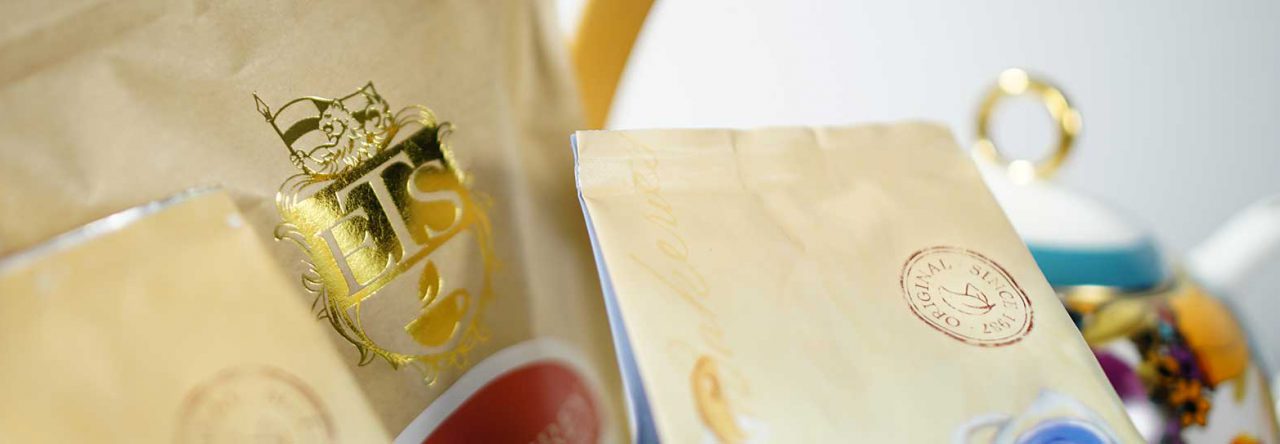When people tell me that they like Darjeeling black teas, I’m always tempted to ask if they have a seasonal preference. Since I’ve started drinking tea, I’ve found that Darjeelings vary greatly and that these differences aren’t always due to differences between the gardens in which they are grown. The teas produced during each season each have distinctly different qualities: In fact, if I didn’t know any better, I’d find it difficult to believe that first flush and autumn flush Darjeelings had any connection to each other!

Here is a brief rundown of the main Darjeeling seasons, along with my observations. Keep in mind that my preferences are strictly my own: You may feel very differently about these the teas of each Darjeeling season, and I can guarantee you that there are a lot of tea drinkers out there who know a lot more about Darjeeling than I do!
First-Flush Darjeeling is typically picked in the middle of March. There is often a lot of fanfare about first-flush Darjeelings, and some tea companies boast of having first-flush Darjeeling tea shipped via airmail so that customers can get it while it is at its most fresh. I confess to being somewhat indifferent to first-flush Darjeeling myself: I’ve been known to quip that it doesn’t know whether it wants to be a green or black tea when it grows up. Still, I’ve had some excellent first-flush Darjeelings. . .just not very many of them. Expect the liquor to appear green in the cup and for its flavors to be far more subtle and delicate than what you may typically expect from a black tea. I’d avoid pairing these teas with food: Drink them on their own to fully appreciate their flavors.
Second-Flush Darjeeling gets picked in the late spring or early summer and is definitely a black tea. Good Darjeelings typically have what is known as the “muscatel” flavor, which is slightly fruity, slightly spicy. I strongly urge people to not add milk or sugar to either first or second-flush Darjeelings, as their flavors are simply too delicate to withstand the assault of additives. Try pairing second flush Darjeelings with afternoon tea foods such as watercress and cucumber sandwiches or scones.
Autumn Flush Darjeeling gets picked in the fall and is definitely a heartier tea. The best autumn flushes that I’ve tried have a lovely nutty quality to them, and can take milk and sugar nicely. It goes well with food and can be a particularly good tea to serve with a traditional afternoon tea. It also makes an excellent alternative to Assam at breakfast.
See all of Lainie’s tea sippings on her blog.
See also:
Soom Estate 1st Flush Darjeeling from English Tea Store
Reading Tea Leaves — Darjeeling Teas
Review of Mim Estate Darjeeling from the English Tea Store
Darjeeling vs. Ceylon Teas
Some Darjeeling Tea Estates
Darjeeling Blends
© Online Stores, Inc., and The English Tea Store Blog, 2009-2014. Unauthorized use and/or duplication of this material without express and written permission from this article’s author and/or the blog’s owner is strictly prohibited. Excerpts and links may be used, provided that full and clear credit is given to Online Stores, Inc., and The English Tea Store Blog with appropriate and specific direction to the original content.




Leave a comment